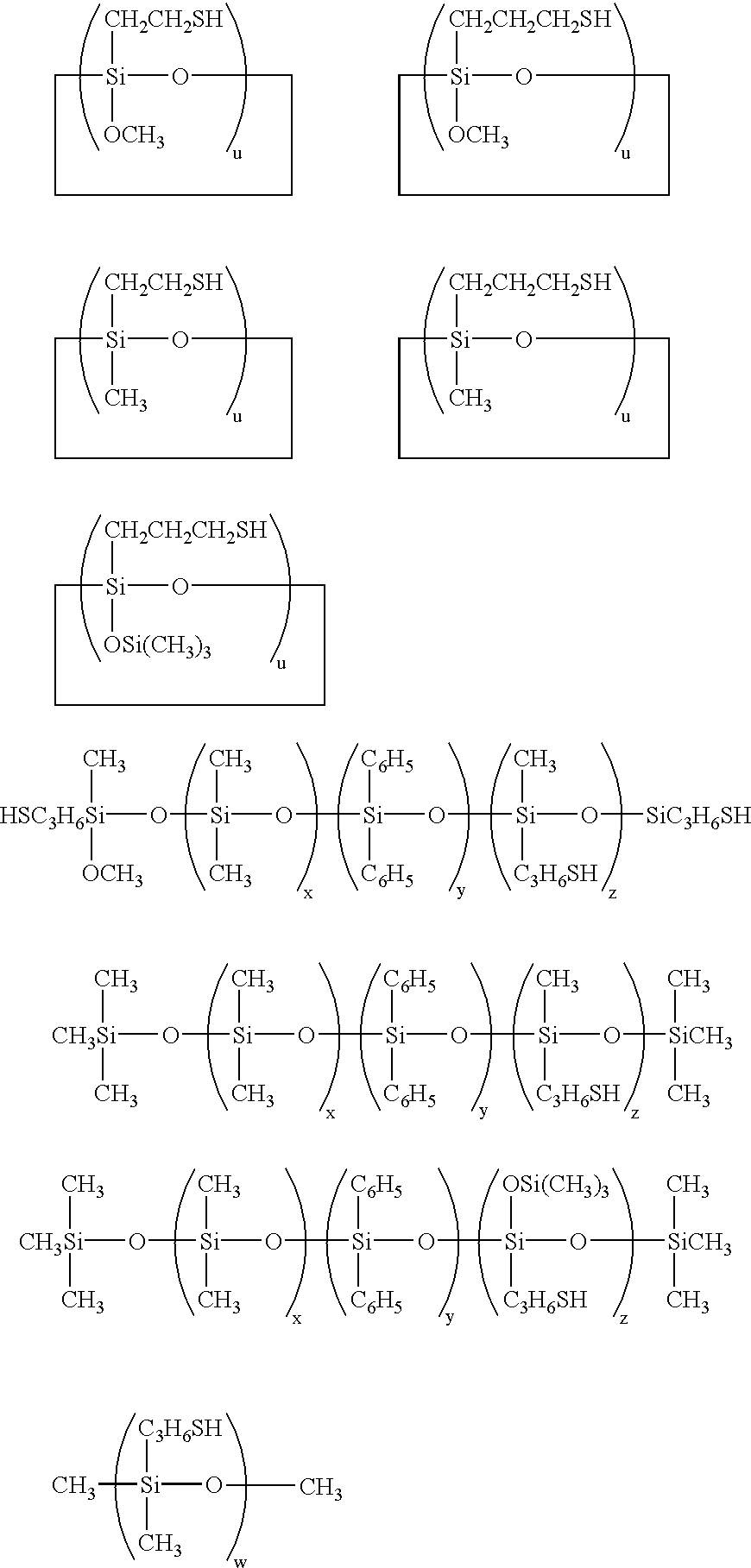Replica molding
a replica and mold technology, applied in the field of replica molding, can solve the problems of insufficient cure of curable liquid resin in the mold cavity, the difficulty of removing replicas of complex shapes such as inverted tapers, and the inability to meet the user's demand to test replicas
- Summary
- Abstract
- Description
- Claims
- Application Information
AI Technical Summary
Benefits of technology
Problems solved by technology
Method used
Image
Examples
Embodiment Construction
[0132] Examples of the invention are given below by way of illustration and not by way of limitation. All parts are by weight.
[0133] Preparation of a Master Model
[0134] Using a computer 3 as shown in FIG. 1, three-dimensional CAD data of a master model 1 as shown in FIG. 2 having a shrinkage factor of a photosensitive resin taken into account were produced. At the same time, data regarding a support portion 2 for maintaining strength upon preparation of the master model 1 by means of an optical shaping machine were produced. The master model 1 was prepared by inputting the three-dimensional CAD data into an optical shaping system "SOLIFORM" manufactured by Teijin Seiki K.K., supplying a photo-curable resin TSR800, and irradiating UV laser beams at a pitch of 5 .mu.m. To complete curing of the master model 1, the master model 1 was exposed to UV from a UV fluorescent lamp 4 as shown in FIG. 3 for carrying out secondary curing.
[0135] Silicone Rubber Composition and Molding of a Mother...
PUM
| Property | Measurement | Unit |
|---|---|---|
| wavelength | aaaaa | aaaaa |
| wavelength | aaaaa | aaaaa |
| viscosity | aaaaa | aaaaa |
Abstract
Description
Claims
Application Information
 Login to View More
Login to View More - R&D
- Intellectual Property
- Life Sciences
- Materials
- Tech Scout
- Unparalleled Data Quality
- Higher Quality Content
- 60% Fewer Hallucinations
Browse by: Latest US Patents, China's latest patents, Technical Efficacy Thesaurus, Application Domain, Technology Topic, Popular Technical Reports.
© 2025 PatSnap. All rights reserved.Legal|Privacy policy|Modern Slavery Act Transparency Statement|Sitemap|About US| Contact US: help@patsnap.com



